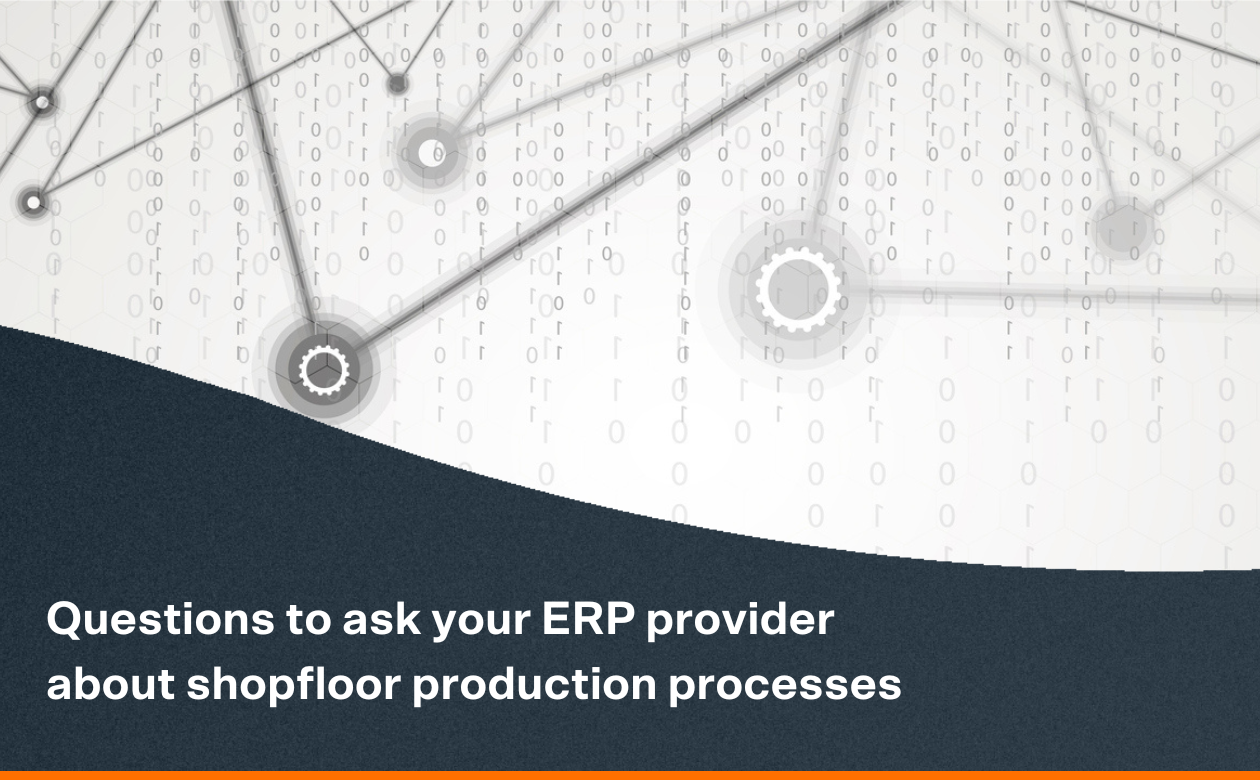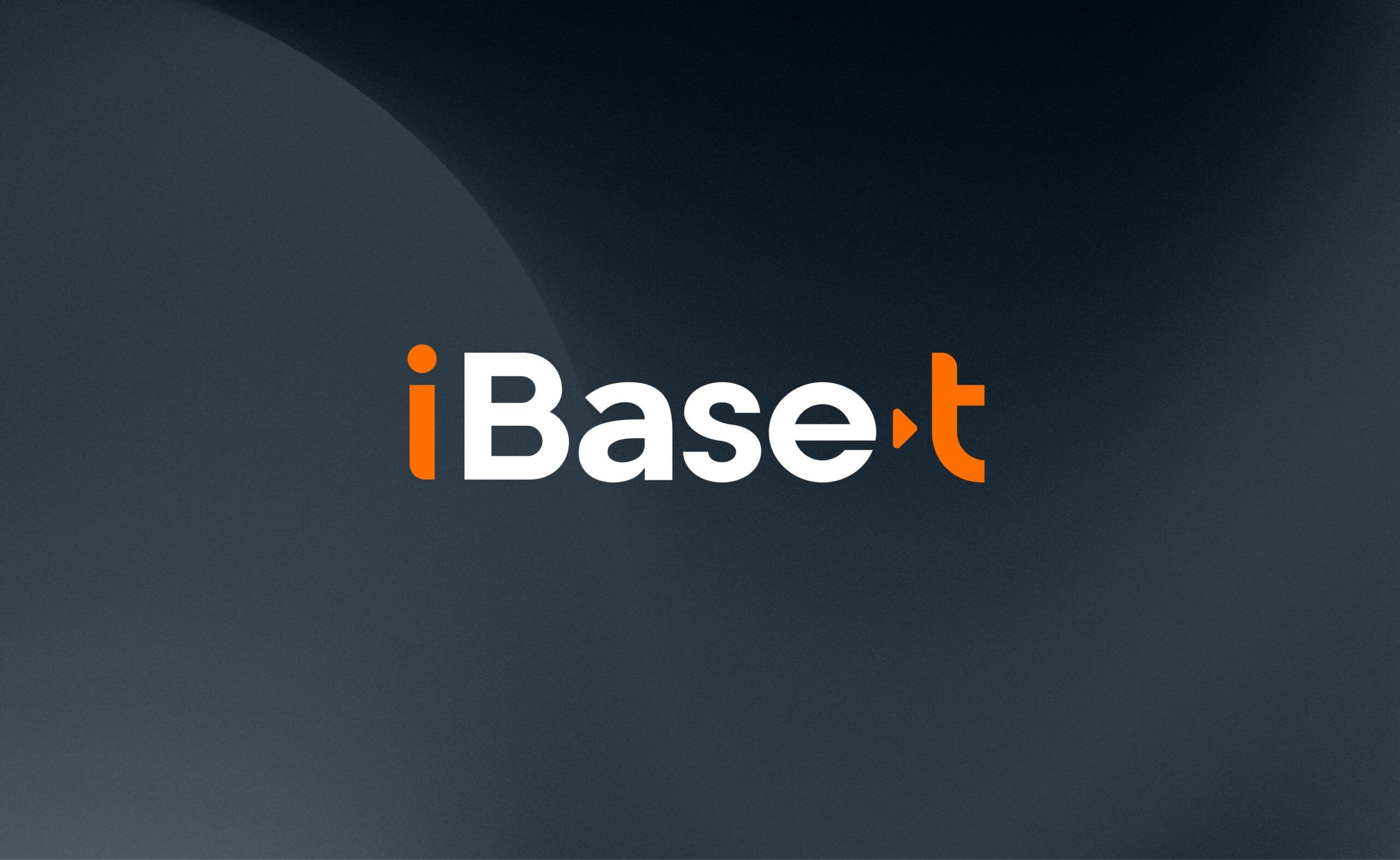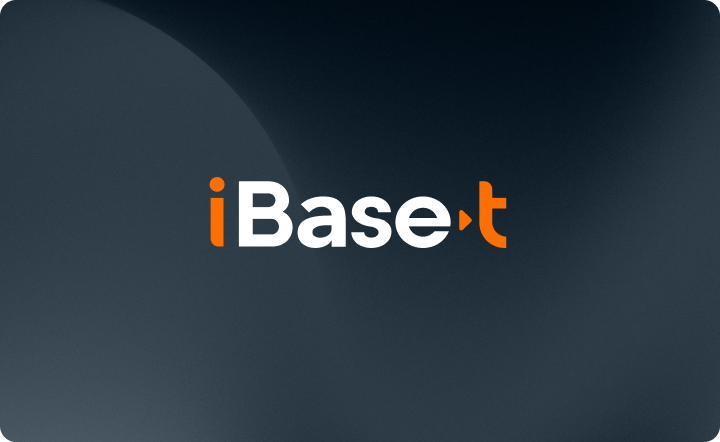“Change is the only constant in life.”
-Heraclitus, Greek philosopher ~500 BC
Why do so many manufacturers still rely on paper processes for much of their communication and record-keeping? It is no secret that digital options exist in the form of applications for product design, business management, and production planning. I have been talking about the Paper vs. Digital comparison for years – and it continues to be a relevant topic.
Experience tells me that emotion and culture must be at the heart of the issue, as well as fear of the unknown. Few managers want to be risk-takers when it comes to production output or job security, so it makes sense why there is a reluctance to change. To help overcome the fear and concerns, what follows is a Paper vs. Digital comparison to show how life can be easier and better in the digital world – and what can be expected post-transition.
The Increasing Need for Adaptive Operations
Taking a look back, in the Paper vs. Digital comparison, if you manufacture in an environment where little changes – including production processes, supplier selection, and customer needs – there is little need to invest in anything more than a paper-based approach. The challenge is that the world has changed. Complex discrete manufacturers must embrace the fact that frequent Engineering Change Orders (ECOs) are a way of life.
So, for this Paper vs. Digital evaluation, let’s take a look at how an ECO is managed with both approaches. The goal is to shed light on what potential productivity and performance improvements are possible when making the shift to a digital strategy.
Paper vs. Digital Evaluation of an ECO
Specifics will always vary, so let’s take a generic example. Say an engine component has an overheating problem. Manufacturing engineers can fix the problem with a minor design change, a different part, and a slightly altered manufacturing process. Straightforward, right? Except it isn’t.
A long list of departments and individuals needs to be notified of all changes. Updated work instructions must be sent to every production line, often in different regions of the world. Suppliers must be notified and new part shipments arranged. Warehouses must be restocked. Price lists must be updated. And critically, production lines sit idle until the changes are complete.
The Paper Response
- Reliance on spreadsheets
- Information stored in different places
- Product records are not up to date
- Communication via email, phone, fax
- Manual entry of data
Paper, spreadsheets, and email are the “analog” tools at hand. We’ll assume the manufacturer has a formal ECO process, but even so, it may take days to execute the changes. Getting approval for the design and process changes requires multiple reviews and signatures, meaning the information is changing hands – physically in many cases. Only when approved can the new orders go out to plants and suppliers, and it will be some time before new delivery schedules can be arranged. Any delays along the way will have a ripple effect on the whole process.
Hopefully, everything goes according to plan. But suppose the purchasing department slips up and reorders the old part instead of the new one. The mistake may not be discovered until days later when the wrong parts arrive at the plants. At that point, the ECO has become a much bigger and costlier issue.
This is just one example. Several other issues come with a manual or paper-based approach, such as:
- Paper change orders get lost, creating gaps in traceability records
- New documents must be printed with each change, which makes it hard to maintain a clear history or know what the latest version is
- Paper-based ECOs can only be reviewed by one person at a time, or if there are multiple copies they must be consolidated and reviewed at each step; management by email can also be difficult when different review strings occur resulting in siloed comments and requests
- Some data entry between departments will be done manually, leading to mistakes or confusion as to what is the “single source of the truth”
- It can be difficult to manage and track every document from different locations, and the people who were involved, each part of the product’s lifecycle
As should be clear, while the ECO process can be managed with email, spreadsheets, or a paper-based process, it isn’t an easy path to go. It doesn’t scale, has a high probability of errors, and has an inherent risk that increases in scope as products continue to get more complex while impacting the associated compliance and regulatory reporting.
The Digital Response
- Real-time visibility to the single source of the truth for all product metrics
- Mobile accessibility for a global, more technology-focused workforce
- A single interface simplifies the ECO process, providing a standardized communication portal connecting everyone to the process
- Real-time updates to any change in the production line or quality testing
- As new work instructions are needed, new visual or video support tools can be provided to every workstation
- New schedules can be easily arranged and synced with all parties – changing as often as needed
The digital response, as you can imagine, is much more controlled, effective, and timely. Employees can communicate modifications internally and externally in a single, shared environment. Engineers can quickly review and approve the design and process changes using the same source of information. Multiple people and departments review and respond to the change order online – from anywhere. Any edits they make are uploaded to a single version, so there are no conflicting documents.
The moment the ECO is finalized, all suppliers, warehouses, and plants can be notified with full documentation attached. Purchasing automatically knows to order the new part instead of the old one, at the right price. Digital systems can synchronize delivery and production schedules at every location. What results is a scenario where virtually no time is wasted with every party on the same “digital” page.
These positive effects can ripple throughout your organization. Every workstation receives fully updated instructions with documentation. New incoming parts are digitally verified at multiple stages – shipment from the supplier, arrival at the warehouse, and delivery to the production line. Every worker in every plant that is working on a specific component not only has full instructions, but the system can verify that the new instructions have been properly executed.
Meanwhile, throughout the process, managers can view the impact of all these actions, perhaps even modeling various supply routes and production schedules to make the optimum choices. The performance of continuous improvement programs will typically increase post-implementation of a new, modern manufacturing system.
Conclusion
Managing change in one plant is difficult. Larger companies with distributed operations face even greater challenges. Complex discrete manufacturing can involve hundreds or even thousands of parts, components, and assemblies.
This article took a closer look at what is involved each time an ECO occurs, and what the repercussions might be for such a change. But this was just one example. Consider the increase in unexpected changes today, leading to unplanned downtime. It is for this reason that so many manufacturers are now re-evaluating prior “analog” decisions in favor of a digital approach. And, with new affordable options available from cloud-based managed services, the transition to digital might not be as scary or expensive as previously thought.
The ability to act quickly and effectively to standardize production is more important than ever before. It’s not an exaggeration to say that the difference between those who succeed and those who don’t is in their ability to manage change.
Resilience is not a buzzword, it’s a survival strategy for the future, and the future is digital.






